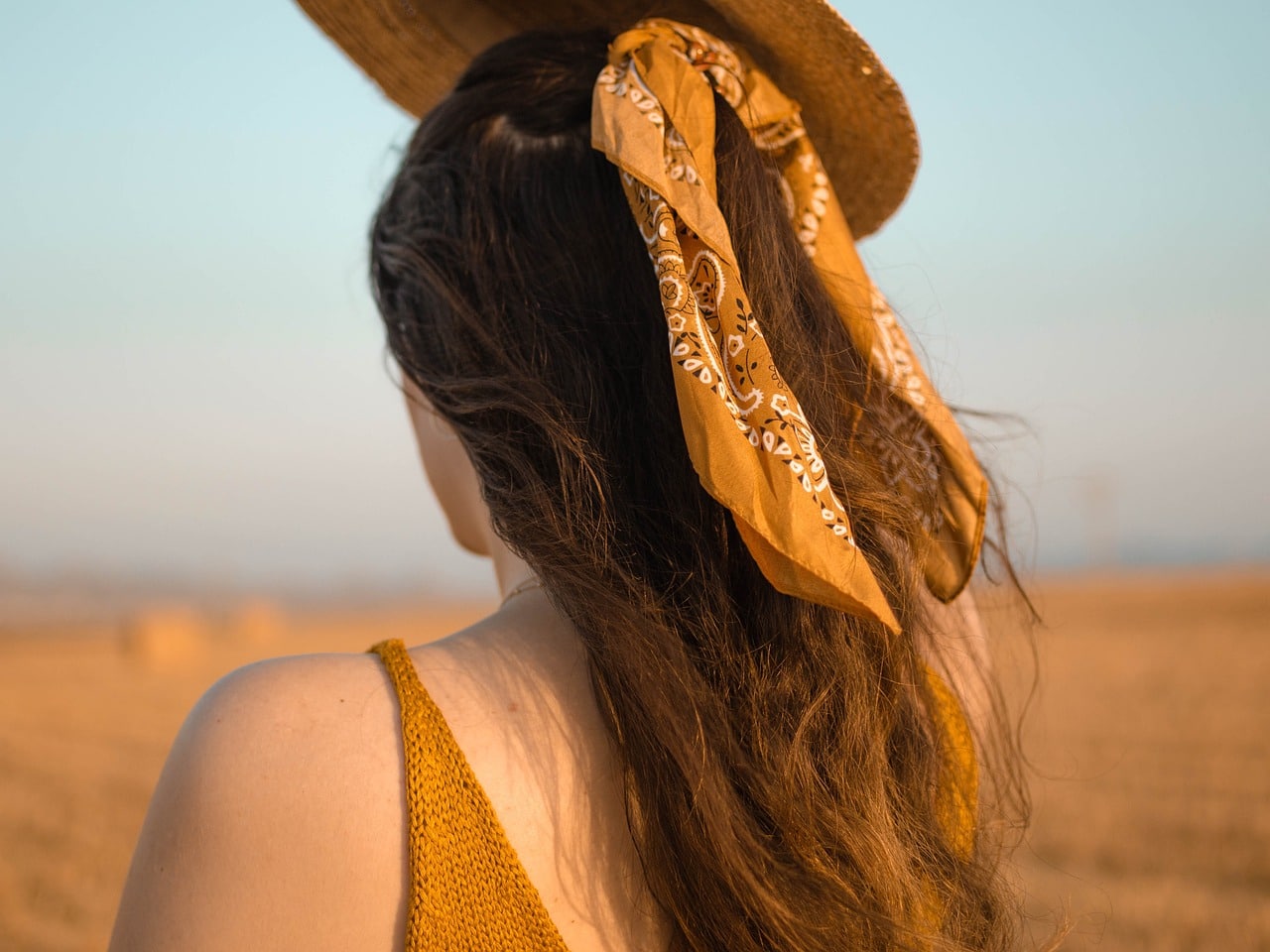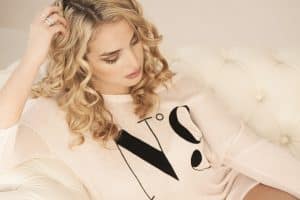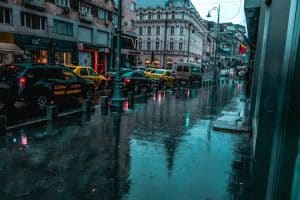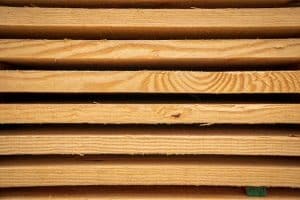The Art of Contrast: Mixing Unexpected Elements
In the world of design and aesthetics, the use of contrast is key in creating impactful and visually striking compositions. From color to texture, contrast adds depth and interest to any design. While many designers rely on traditional forms of contrast, there is a growing trend in the use of unexpected elements to create contrast. Incorporating these unconventional elements into your designs can elevate them to a whole new level of creativity and innovation.
Exploring the depths of contrast and how to mix unexpected elements is an art form that requires both skill and an open mind. Let’s delve into the world of contrast and learn how to master the art of mixing unexpected elements in your designs.
Understanding Contrast
Before we delve into the use of unexpected elements, it is important to understand the concept of contrast. Contrast is created when two elements are placed next to each other that are visually distinct from one another. This contrast creates a sense of tension and forces the viewer’s eye to focus on the differences.
Traditionally, designers use contrast through elements such as color, size, shape, and texture. For example, pairing a light color with a dark color creates a contrast in color. Using a large shape with a small shape creates a contrast in size. The combination of these elements adds visual interest and impact to a design.
Mixing Unexpected Elements
Now that we have a grasp on what contrast is and how it is traditionally used, let’s dive into the world of mixing unexpected elements. This involves incorporating elements that are not typically paired together, creating a unique and unexpected contrast in your design.
For example, mixing a vintage element with a modern element creates a contrast in style. Pairing a natural texture with a digital element creates a contrast in texture. The key is to look beyond traditional forms of contrast and experiment with unexpected pairings.
The Benefits of Mixing Unexpected Elements
Mixing unexpected elements in your designs can bring a host of benefits. Firstly, it adds an element of surprise and creates a memorable experience for the viewer. It also adds a sense of playfulness and creativity to your design, making it stand out from the crowd.
Additionally, mixing unexpected elements can expand your creative boundaries and push you out of your comfort zone. With the rise of technology and access to a wealth of resources, there is no excuse not to experiment with unconventional elements in your designs.
Tips for Mixing Unexpected Elements
While incorporating unexpected elements can be an effective technique, it is not a free pass to throw everything together without thought. Here are some tips on how to effectively mix unexpected elements in your designs:
1. Keep It Cohesive
One of the main challenges of incorporating unexpected elements is maintaining cohesiveness in your design. Make sure that the unexpected elements still tie in with the overall theme of your design. This can be achieved by using similar colors, textures, or shapes.
2. Embrace Contrast
Contrast is still the key in using unexpected elements effectively. Make sure that the elements you are incorporating have strong visual differences, otherwise, they may just blend together and lose their impact.
3. Tell a Story
Think of your design as a story and the elements as characters. Each character should have its own distinct personality, but still contribute to the overall narrative. This creates a sense of harmony and purpose in your design.
4. Don’t Be Afraid to Experiment
The best way to find unexpected elements that work well together is by experimenting. Play around with different combinations and see what works and what doesn’t. It’s through trial and error that you will discover new and exciting contrasts.
Mastering the Art of Contrast
Mixing unexpected elements may seem like a daunting task, but with practice and an open mind, you can master the art of contrast. Push the boundaries, break the rules, and allow your creativity to run wild. By incorporating unexpected elements, you can take your designs to new heights and create truly unique and memorable experiences for your audience. So go ahead, mix it up and see where your design journey takes you!









